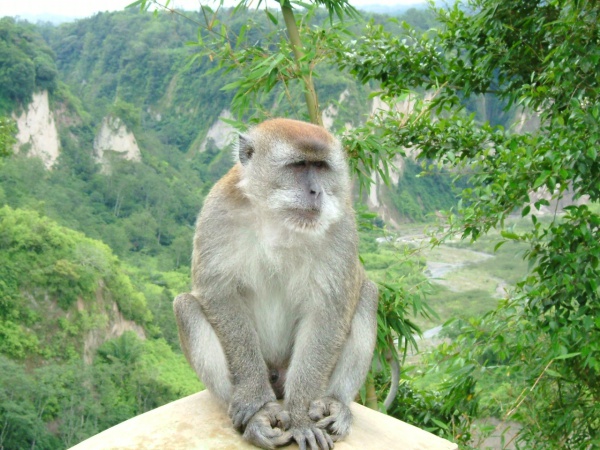Facts About Crab-eating (Long-tailed) Macaque
The crab-eating macaque, also known as the long-tailed macaque, is a primate native to Southeast Asia. These fascinating animals have a complex relationship with humans. They are sometimes regarded as agricultural pests, venerated as sacred animals in temples, and frequently employed in medical research.
Living in matrilineal social groups dominated by females, male macaques leave their birth group upon reaching puberty. These primates are opportunistic omnivores and exhibit impressive cleverness—they’ve been observed using tools to obtain food. Unfortunately, in certain areas, they have become invasive, threatening local biodiversity and causing conflicts with humans.
The term "macaca" derives from Portuguese, while "fascicularis" in Latin means a small band or stripe. Commonly, they are referred to as cynomolgus monkeys, long-tailed macaques, or crab-eating macaques. There are ten recognized subspecies of Macaca fascicularis.
In terms of size, adult crab-eating macaques range from 38-55 cm in body length, with males typically being larger than females. They possess long tails for balance and exhibit distinct color patterns on their bodies. Within their social groups, clear dominance hierarchies exist among both females and males.
Their diet is quite varied, including fruits, seeds, leaves, flowers, and even animals. Remarkably, they’ve been observed using tools like stones to open nuts and shellfish. These adaptable creatures can thrive in various habitats, including human settlements, where they sometimes cause crop damage and other issues.
In the realm of scientific research, crab-eating macaques are frequently used due to their physiological similarities to humans. However, their use in research has sparked debates about animal welfare. The conservation status of these macaques varies; some subspecies face significant threats, while others require additional study to determine their needs.
A notable scientific milestone occurred in 2018 when Chinese scientists successfully cloned two crab-eating macaques, Zhong Zhong and Hua Hua, using somatic cell nuclear transfer. This was the first time primates had been cloned using this method, raising numerous ethical and scientific questions.

 Thailand
Thailand